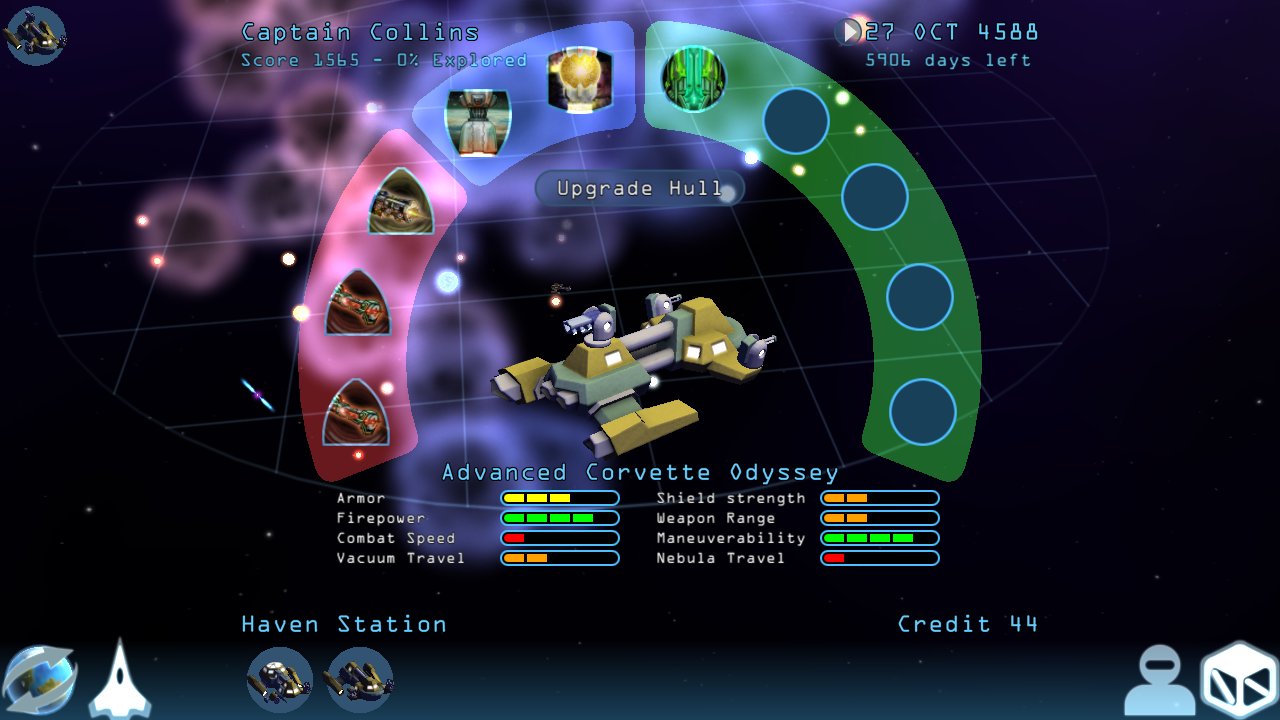

It provides information about conducted treatments and clinical, microbiological, histological, and molecular biological examination results. rubens, which occurred after ten new sea stars had arrived from a biological station in the North Sea in June 2021. This case report gives insights into a clinical case of SSWD in kept A. It has five broad, tapering arms at the base which are often bent slightly upwards at the tip when active (“The Marine Life Information Network: Common Starfish ( Asterias Rubens),” n.d.). The colour of the starfish is variable but typically orange, pale brown or purple, whereas deep-sea specimens are pale. 2021).Īsterias rubens is the most common and best-known starfish in the Northeast Atlantic and can reach a diameter of up to 52 cm, but usually between 10 and 30 cm.

One hypothesis suggests that SSWD is a sequela of microbial organic matter remineralization near respiratory surfaces, one consequence of which may be limited oxygen availability at the animals’ water surface (Aquino et al.

The widespread presence of densoviruses in apparently healthy sea stars (Jackson et al. It was initially thought to be caused by a densovirus (Hewson et al. It causes mortalities of over 20 species of sea stars and subsequent ecological shifts throughout the northeast Pacific (Work et al. Sea Star Wasting Disease (SSWD) refers to poorly described, non-specific clinical signs, including abnormal posture, epidermal ulceration, and limb autotomy (sloughing).


 0 kommentar(er)
0 kommentar(er)
